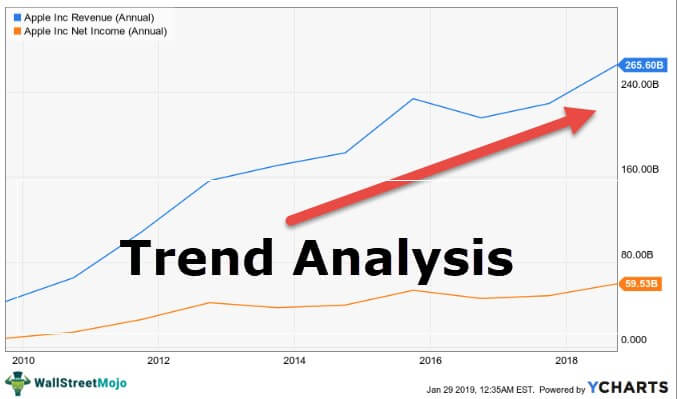Year-over-Year (YOY) trends play a crucial role in guiding investment decisions in the financial markets. Whether you’re a seasoned investor or new to the world of finance, understanding how YOY trends impact market dynamics is essential for making informed choices and maximizing investment returns. In this article, we explore what YOY trends are, why they matter to investors, and how you can analyze and interpret them effectively.
What are YOY Trends?
Year-over-Year (YOY) trends refer to the comparison of financial metrics or market performance over a twelve-month period, relative to the same period in the previous year. These metrics can include stock prices, market indices, corporate earnings, revenue growth, and economic indicators such as GDP and inflation rates. YOY trends provide insights into whether a particular metric is growing, declining, or remaining stable over time.
Importance of YOY Trends for Investors
- Performance Evaluation: YOY trends help investors assess how well an investment or market segment is performing relative to previous periods. Positive YOY trends indicate growth and potential opportunities, while negative trends may signal risks or challenges.
- Identifying Market Cycles: By analyzing YOY trends, investors can identify recurring patterns and market cycles. Understanding these cycles allows for strategic timing of investments, such as buying during periods of decline and selling during periods of growth.
- Comparative Analysis: YOY trends enable investors to compare the performance of different investments, sectors, or geographical markets. This comparative analysis aids in portfolio diversification and allocation of resources based on growth prospects and risk tolerance.
Analyzing YOY Trends
- Data Collection and Calculation: Begin by collecting YOY data for the specific metrics or assets you are interested in analyzing. Calculate the YOY percentage change using the formula:YOY % Change=(Current Year Metric−Previous Year MetricPrevious Year Metric)×100\text{YOY \% Change} = \left( \frac{\text{Current Year Metric} – \text{Previous Year Metric}}{\text{Previous Year Metric}} \right) \times 100YOY % Change=(Previous Year MetricCurrent Year Metric−Previous Year Metric)×100
- Interpreting YOY Trends: Positive YOY trends indicate growth or improvement, while negative trends suggest decline or contraction. It’s crucial to consider the magnitude of the change and any external factors influencing the trend, such as economic policies, industry dynamics, or global events.
- Contextual Analysis: Contextualize YOY trends within broader market conditions and industry-specific factors. For example, a technology sector experiencing high YOY revenue growth may be influenced by innovations, consumer demand, or competitive landscape shifts.
Practical Applications for Investors
- Investment Decision-Making: Use YOY trends to inform investment decisions, such as selecting stocks or sectors with consistent positive growth trends and avoiding those with declining performance.
- Risk Management: Monitor YOY trends to identify potential risks and uncertainties that could impact investment portfolios. Diversify investments across different assets and industries to mitigate risks associated with volatile YOY trends.
- Long-Term Planning: Incorporate YOY trend analysis into long-term investment strategies. Adjust portfolio allocations based on changing market conditions and YOY performance forecasts to optimize returns and achieve financial goals.
Conclusion
Analyzing YOY trends in financial markets provides investors with valuable insights into market dynamics, performance trends, and investment opportunities. By understanding and interpreting YOY data effectively, investors can make informed decisions, manage risks, and capitalize on growth prospects in a dynamic and competitive investment landscape. Stay vigilant, stay informed, and leverage YOY trend analysis to navigate the complexities of financial markets successfully.
